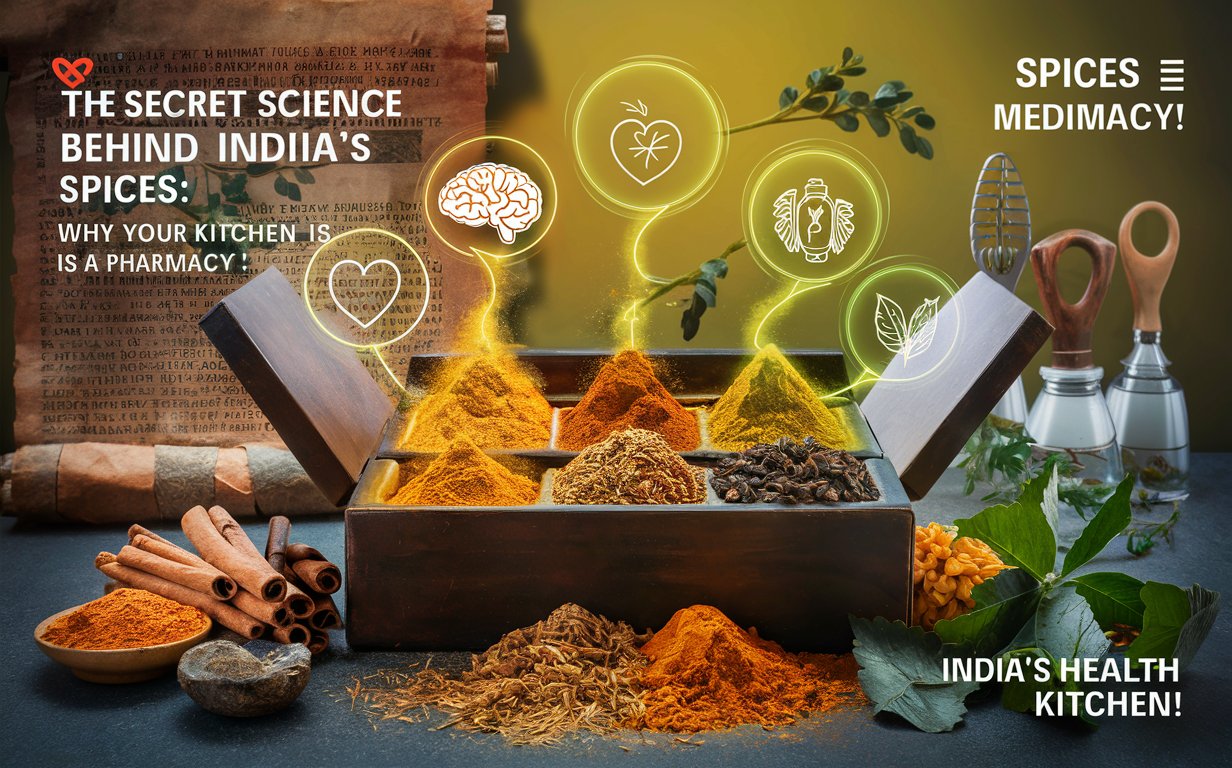Make Bhakri At Home In Easy Way | Bhakri Recipe
Bhakri is a traditional Indian flatbread that holds a special place in the culinary heritage of Maharashtra, Gujarat, and Rajasthan. Known for its rustic charm and robust flavor, Bhakri is a staple in many households and is enjoyed with a variety of accompaniments. This article explores the history, preparation, and variations of Bhakri, offering a comprehensive guide to this beloved dish.

What is Bhakri?
Definition and Description
Bhakri is a type of unleavened flatbread made from various types of grains and flours. Unlike other Indian breads such as naan or roti, Bhakri is typically thicker and coarser, which gives it a distinct texture and flavor. It is commonly served with curries, chutneys, and vegetables, and is cherished for its hearty and satisfying qualities.
Origins and Cultural Significance
Bhakri has deep roots in the regional cuisines of Maharashtra, Gujarat, and Rajasthan. In Maharashtra, Bhakri is often made from jowar (sorghum) or bajra (pearl millet), reflecting the agrarian lifestyle of the region. In Gujarat and Rajasthan, Bhakri is made from a variety of grains and flours, each adding its unique touch to the bread. The dish is not only a staple food but also a symbol of traditional cooking methods and cultural heritage.
Ingredients for Bhakri
Key Ingredients
- Flour or Grain: The primary ingredient in Bhakri is the flour or grain used. Common types include jowar flour (sorghum), bajra flour (pearl millet), and wheat flour. Each type of flour gives the Bhakri a distinct flavor and texture.
- Water: Water is used to bind the flour into a dough. The amount of water needed can vary depending on the type of flour and its moisture content.
- Salt: Salt is added to enhance the flavor of the Bhakri.
Optional Ingredients
- Spices and Herbs: Ingredients like cumin seeds, ajwain (carom seeds), or chopped cilantro can be added to the dough for extra flavor.
- Ghee or Oil: Used for cooking the Bhakri to add richness and a crispy texture.
How to Prepare Bhakri
Step-by-Step Preparation
1. Preparing the Dough
- Mixing the Flour: In a large bowl, combine the chosen flour (jowar, bajra, or wheat) with salt. Optionally, add spices or herbs for extra flavor.
- Adding Water: Gradually add water to the flour mixture, kneading continuously to form a smooth, pliable dough. The dough should be soft but firm enough to hold its shape.
2. Rolling the Bhakri
Portioning the Dough: Divide the dough into evenly sized balls.
- Flattening: On a floured surface, use your fingers or a rolling pin to flatten each ball into a round, even disc. Traditional Bhakri is usually thicker than other flatbreads, so aim for a thickness of about 1/4 inch.
3. Cooking the Bhakri
- Heating the Pan: Heat a griddle or tava over medium heat. Ensure it is hot before placing the Bhakri on it.
- Cooking the Flatbread: Place the rolled Bhakri on the hot griddle. Cook for a few minutes on each side, pressing down with a cloth or spatula to ensure even cooking. The Bhakri should have brown spots and a slightly crispy texture.
- Applying Ghee or Oil: Optionally, brush the Bhakri with ghee or oil while cooking to enhance flavor and crispiness.
Serving Suggestions
Traditional Accompaniments
- Vegetable Curries: Bhakri pairs well with spicy vegetable curries such as bhindi masala or aloo sabzi.
- Chutneys: Serve with tangy or spicy chutneys like coconut chutney or garlic chutney for added flavor.
- Pickles: Indian pickles, such as mango or lime pickle, complement the flavors of Bhakri.
Presentation Ideas
- Garnishing: Garnish Bhakri with a sprinkle of fresh cilantro or a drizzle of ghee for added appeal.
- Serving: Arrange the Bhakri on a traditional platter with accompanying dishes to create an inviting and authentic meal presentation.
Variations of Bhakri
Regional Twists
- Jowar Bhakri: Popular in Maharashtra, made from jowar flour. It is commonly paired with spicy chutneys and flavorful curries.
- Bajra Bhakri: A staple in Rajasthan, made from bajra flour. It is typically served with vegetables and a dollop of ghee.
Innovative Recipes
- Stuffed Bhakri: Incorporate fillings such as spiced vegetables or paneer into the dough before cooking for a unique twist.
- Flavored Bhakri: Experiment with adding herbs and spices like garlic, ginger, or green chilies to the dough for a flavorful variation.
Nutritional Value and Health Benefits
Nutritional Information
Bhakri is a nutritious bread, providing essential nutrients such as fiber, protein, and vitamins, depending on the type of flour used. For example, jowar and bajra flours are high in fiber and minerals, making Bhakri a healthy choice.
Health Benefits
- High in Fiber: Bhakri made from whole grains like jowar or bajra is high in dietary fiber, which aids digestion and supports overall gut health.
- Rich in Nutrients: The use of nutrient-dense flours in Bhakri provides essential vitamins and minerals, contributing to overall well-being.
Conclusion
Bhakri is a versatile and cherished traditional Indian flatbread that reflects the rich culinary heritage of Maharashtra, Gujarat, and Rajasthan. With its hearty texture and robust flavor, Bhakri is a comforting staple that pairs well with a variety of accompaniments. By following the preparation steps and exploring the variations outlined in this guide, you can create an authentic and delicious Bhakri to enjoy with family and friends. Whether served plain or with flavorful sides, Bhakri remains a beloved dish in Indian cuisine, offering a satisfying and nutritious meal experience.



Post Comment